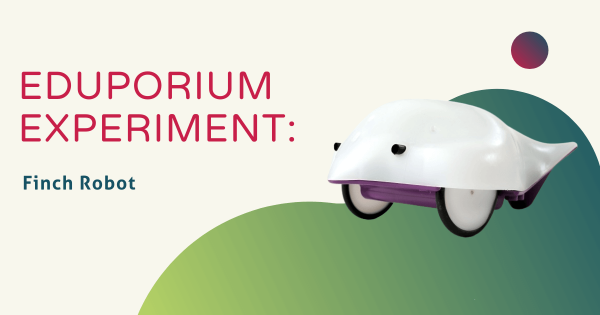The Finch Robot is a teaching tool designed to combine these two crucial areas of STEM education for kids as young as 8 years old. Finch has a super simple surface, giving it the appearance of simplicity in the eyes of young students despite the fact that it’s actually filled with many tiny sensors. Plus, it supports over a dozen
Scratch
The Scratch platform has played a pivotal role in introducing kids to coding fundamentals in a playful and interactive manner. Developed by professionals at the MIT Media Lab, Scratch provides a visually intuitive interface that'll enable young students to create and share their own interactive stories, games, and animations. One of the primary values of using the Scratch platform lies in the emphasis on creativity and exploration. With this block-based coding language, kids can drag and drop interactive code blocks, eliminating syntax errors, and allowing them to focus on learning the logic behind coding. This approach helps make coding accessible for any children as young as eight, fostering a positive introduction to programming. And, Scratch is compatible with various classroom STEM tools, like the Edison Robot, Marty V2, and more.
Scratch not only helps students learn technical skills but also nurtures other essential 21st-century competencies. As kids explore coding projects, they'll build problem-solving skills, computational thinking abilities, and learn to express themselves using digital media. This collaborative nature of the Scratch community also encourages students to share projects, learn from others, and collaborate on coding. Moreover, Scratch promotes inclusion by removing barriers to entry. Regardless of a child's background or prior exposure to coding, this environment creates a more level playing field for all. That is crucial in bridging the digital divide and ensuring that students from diverse backgrounds have equal opportunities to explore and excel in today's digital age. In essence, Scratch helps turn coding education into an engaging and empowering experience built around developing technical skills and creativity.
Page
- Page Previous
- Page 1
- You're currently reading page 2




